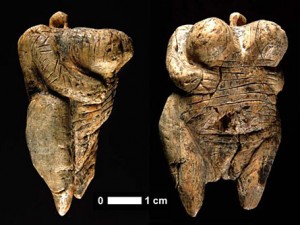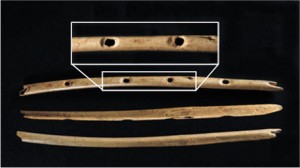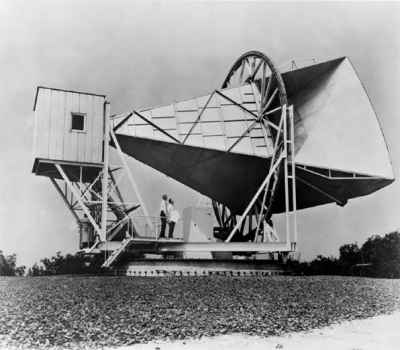I Just heard a talk by Nick Sagan, Carl Sagan’s son; I am not that familiar with Carl Sagan, in the sense that I did not see the Cosmos series nor read the book. But I do know of him, obviously, and the work he did popularizing science.
But this talk made me realize a few things about him and his role. First, in this age of the Rise of Ignorance about the sciences, he is sorely missed; there is no one that really has taken his place. Secondly, he was very successful at putting his point across without dumbing it down. Lastly, his sense of wonder and enthusiasm were key in carrying the message, and it was very successfully carried across.
Of course my view is the one of a musician and the topic of this blog is the relation between science and music. And at the talk, the video clips of John Boswell were presented; he had put videos together of all these scientists: Carl Sagan, Steven Hawkins, and Richard Feyman.
He used snippets of talk and presentations and filtered them through auto tune to make them appear to sing, to some pop mix.
I do not care much about the music in these, and auto tune is to me the most annoying effect when used constantly (like any other effect for that matter). This method has become quite a phenomenon; politicians, news anchors, and so on are now the lead singers of many clips. But besides the novelty of it, the result is not very musical and the sound quality of the voice is pretty shrill. On the other hand, it is important to notice that these videos have been downloaded more than a million times. So the message is getting across and it is powerful.
Again as a composer of non-pop music, and interested in promoting critical thinking, I have a dilemma. I strongly think that music can have a role in promoting these ideas. If I want to carry this message, does it mean that I have to compromise my artistic integrity? I did try to carry some of this message with my last album, “Earth is a Cruel Master”, an instrumental collection of pieces inspired by several scientific topics. Does that make me the equivalent of a nerdy arcane formula crusher that few can understand?
I guess the right question to ask is: did Carl Sagan compromise his scientific vision in order to carry the concept to the masses? Probably not.
Another way is shown in Sarah Pillow’s live show “Perpetual Motion”. She has put it together with her group Galileo’s Daughters and science writer and author Dava Sobel that features beautiful singing (no auto tune there) along with a live video mix. Check out a video each:
John Boswell http://www.youtube.com/watch?v=XGK84Poeynk
Perpetual Motion http://www.youtube.com/watch?v=PTnJfUvlokk


